Unlocking the Power of Mobility: Why It's Essential for You
Written on
The Importance of Mobility Training
If you don’t use it, you risk losing it!
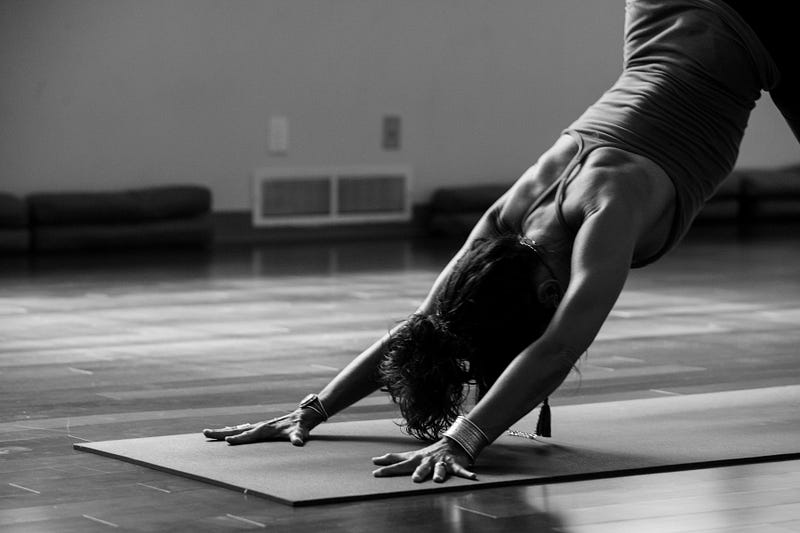
Photo by Ginny Rose Stewart on Unsplash
It's essential to differentiate between mobility and flexibility. While both are important, mobility training significantly enhances joint health and functionality, unlike stretching, which often proves to be ineffective. You might spend hours trying to achieve a split, but if you can’t achieve it actively, it won’t serve your daily needs.
To maintain and enhance your range of motion, your body requires strength and stability. Passive stretching won’t suffice; it may feel pleasant, but it doesn't lead to any lasting changes in your tissues.
“Numerous scientific studies have shown that stretching does not result in long-term effects.” — Southside Physiotherapy
Mobility training stands out because it focuses on movement and motor control. Instead of merely ‘stretching’ your muscles, you are actively transforming your joints' structure. This type of training leads to beneficial changes in your nervous system, promoting lasting effects. Remarkably, your efforts can even mitigate the adverse effects of aging, enabling a more vibrant and functional life.
Consistency is Crucial
Here’s the crucial element: consistency matters. Like many fitness endeavors, mobility training is a long-term commitment. For optimal results and sustainability, I suggest a brief daily routine lasting five to ten minutes. This can serve as a refreshing start to your day or replace your usual warm-up. Prioritizing joint mobility can significantly enhance both your workouts and overall quality of life.
The Science of Mobility
Connective tissues form the essential structure of joints, providing the mechanical framework that defines their characteristics. Your mobility hinges on several factors, including muscles, tendons, ligaments, cartilage, and bones. While aging naturally leads to tissue degeneration, regular physical activity can slow this process.
An essential component of mobility is synovial fluid, a viscous substance found in joints that reduces friction between moving bones. Movement stimulates the release of this fluid, nourishing the joint. Moreover, mobility training decreases feelings of stiffness and lowers injury risks. It’s a testament to the strength and control needed to take your joints through their full range of motion.
Beyond preventing acute injuries, mobility training can also stave off osteoarthritis by enhancing muscle and bone strength. Ultimately, it improves overall functionality and mitigates the anxiety that often accompanies immobility and inactivity in older age.
“Exercise is regarded as the most effective, non-pharmacological approach to alleviating pain and enhancing movement in individuals with osteoarthritis.” — Arthritis Foundation
Achieving this is possible with just a small daily commitment of five to ten minutes.
My Favorite Mobility Routine
If you have five minutes to spare, consider dedicating that time to improving your mobility. I love starting my day this way, as it helps me tune into how my body feels. It’s incredibly satisfying to know you're caring for a well-functioning body that will endure.
While there are countless mobility exercises available, I prefer to keep it straightforward. Especially if you’re just beginning, there’s no need to aim for advanced poses right away. Instead, take small steps each day and gradually expand your routine as you become more comfortable.
Five Minutes, Five Mobility Exercises:
- Knee Wags
- Cues: Bring knees together and gently drop them side to side. Maintain outstretched arms and a neutral neck position.
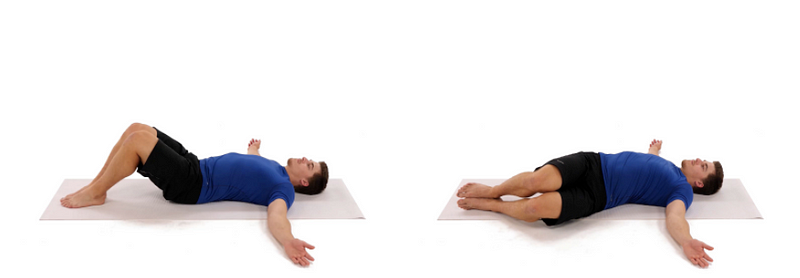
- Cat Cows
- Cues: Inhale to lift your mid-spine and lower your neck. Exhale to depress your mid-spine and elevate your neck. Aim for maximum pelvic and shoulder blade movement!
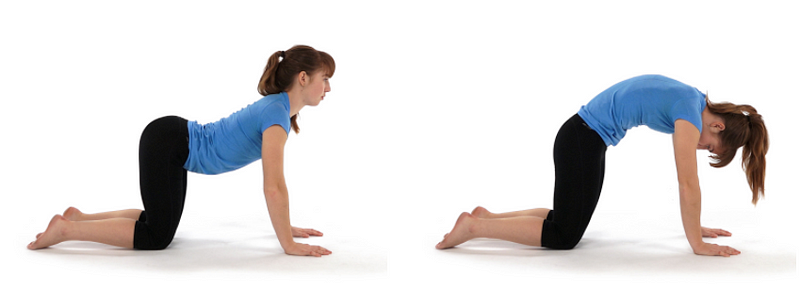
- Leg Window Wipers
- Cues: While keeping your trunk upright, slowly fan your legs over and back. Ensure your knees maintain around 90 degrees of flexion, using your hands for support as needed.
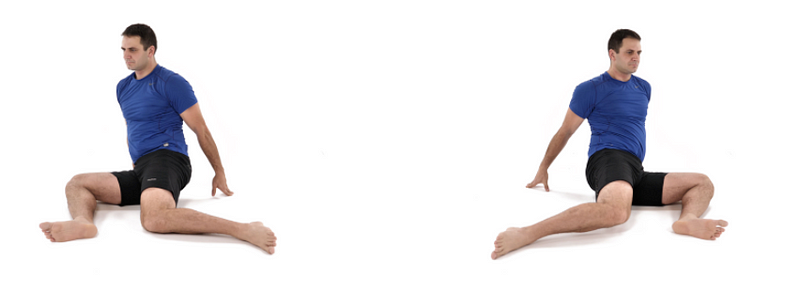
- Spiderman Lunges
- Cues: Start in a push-up position, step forward with one foot, and place the opposite hand beside it. Extend the other arm vertically for five reps before switching sides. Track your eyes with your thumb to enhance neck rotation.
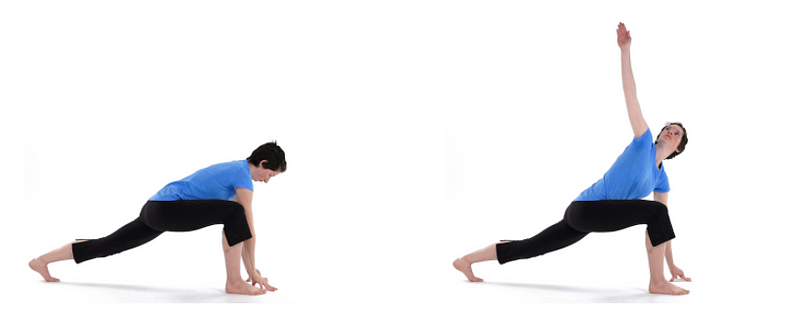
- Dowel Passovers
- Cues: Begin with arms wide and gradually move them inward as tolerated. Keep your neck and pelvis neutral while engaging your core and glutes. Remember to breathe and squeeze your shoulder blades together!
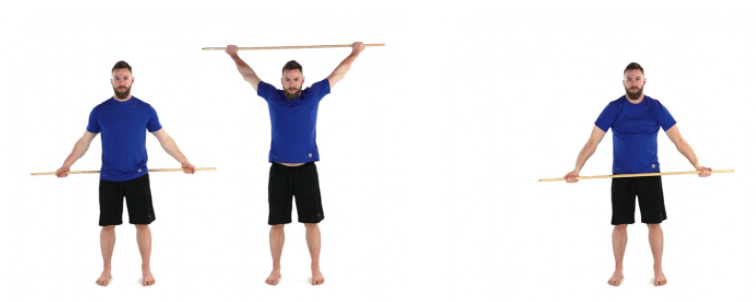
Focus on moving slowly and breathing deeply during each exercise. Rushing through mobility training may compromise its stability benefits and could lead to injury. Be patient and aim for fluid motion.
Remember, this is not an exhaustive list. What works for one person may not work for another. Be mindful of your body’s signals. If you experience pain or discomfort, simply move on to the next exercise! This journey is about discovering your body’s needs, and there will likely be some challenges along the way.
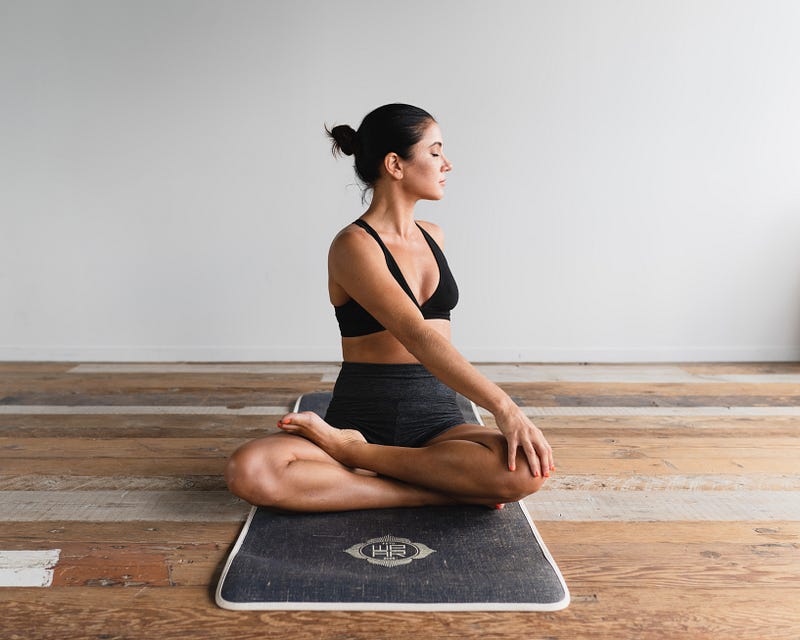
Photo by Dane Wetton on Unsplash
In Conclusion
Ultimately, mobility training goes beyond merely enhancing your range of motion. It serves as a vital tool for reconnecting with your body—a harmonious blend of mindfulness and movement. Commit to this practice, and you’ll truly appreciate the remarkable adaptability of your body.
Here’s my challenge: If you’re only engaging in resistance training and cardio, you’re missing out on vital aspects of your health. A new realm of stability, strength, and functionality awaits you if you dedicate just five minutes a day to mobility training.
Go for it!
-DavidLiira.Kin
The Science Behind Mobility: How Long Does Mobility Take?! (MY JOURNEY)
This video explores the duration and journey of enhancing mobility, showcasing the essential steps involved.
Fast Warmup Routine: Do This Before EVERY Workout
Learn a quick and effective warm-up routine to prepare your body for workouts, emphasizing the importance of mobility.